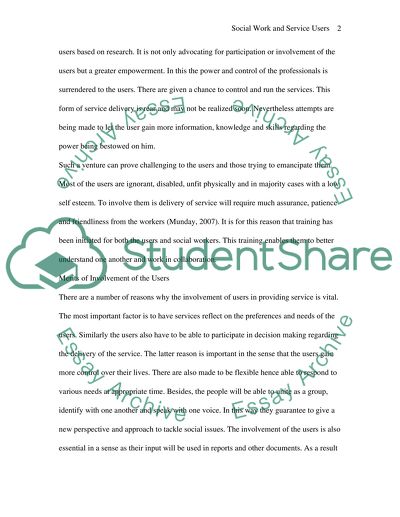Cite this document
(“Social work and service users Case Study Example | Topics and Well Written Essays - 3250 words”, n.d.)
Retrieved from https://studentshare.org/sociology/1516780-social-work-and-service-users
Retrieved from https://studentshare.org/sociology/1516780-social-work-and-service-users
(Social Work and Service Users Case Study Example | Topics and Well Written Essays - 3250 Words)
https://studentshare.org/sociology/1516780-social-work-and-service-users.
https://studentshare.org/sociology/1516780-social-work-and-service-users.
“Social Work and Service Users Case Study Example | Topics and Well Written Essays - 3250 Words”, n.d. https://studentshare.org/sociology/1516780-social-work-and-service-users.


